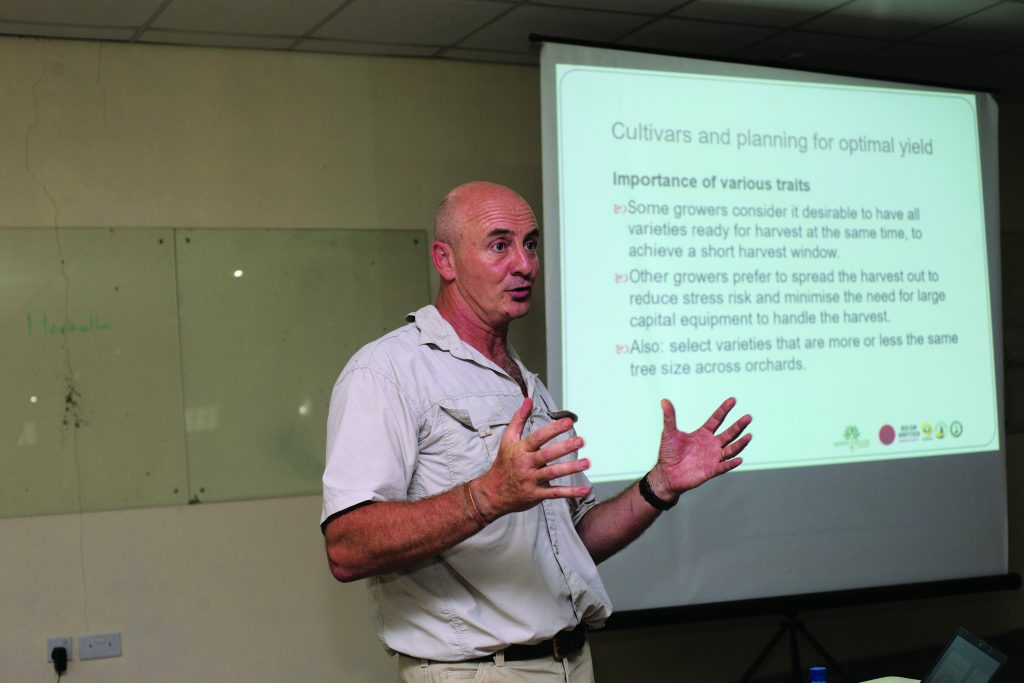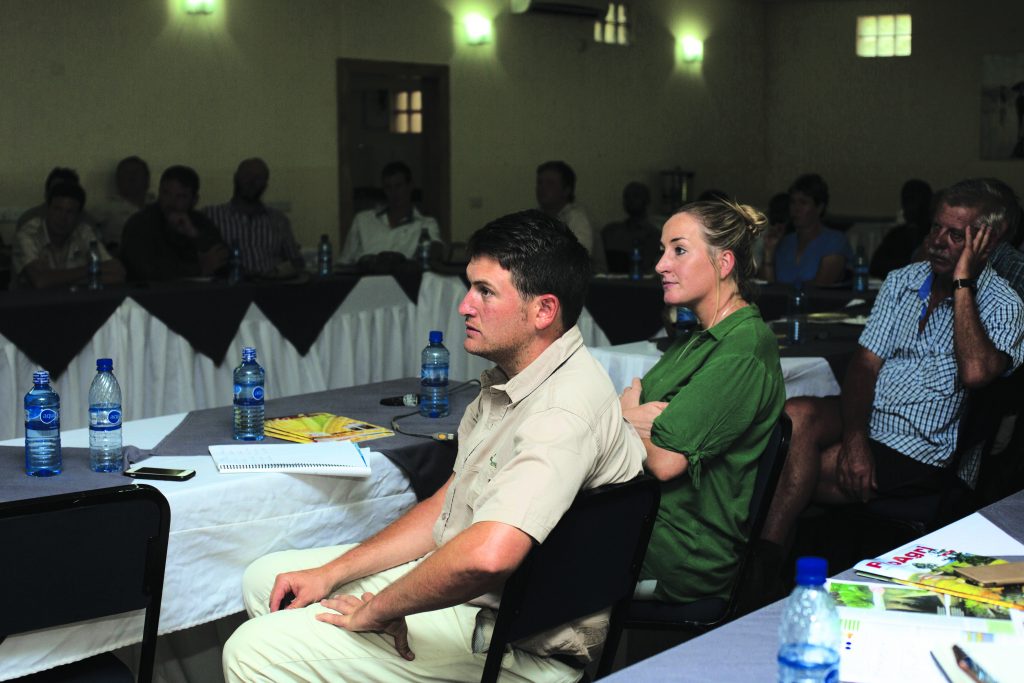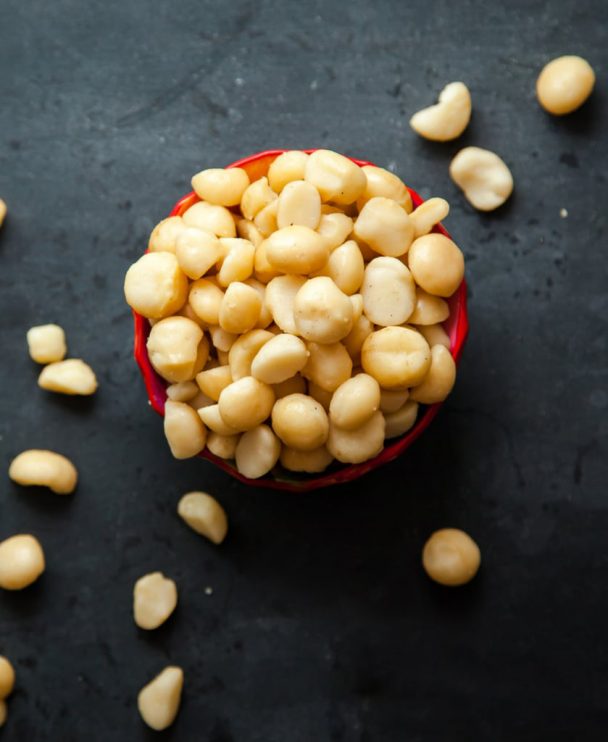Macadamia is a tasty and very nutritional nut that was originally and indigenously grown in Australia. There are several varieties of macadamias, although only two are edible. Over the last 20 years, macadamia has grown in popularity mostly for its high protein and fat content. Many who desire to adopt an exclusively vegetarian diet see macadamia as a suitable and worthy replacement of meat products and food.
China and Europe have established themselves as the largest markets for macadamia nuts. Currently, South Africa is raking in millions of dollars as the largest exporter of the nut, but the demand is overwhelming. For Zambia, the crop is relatively new with farmers only resorting to it now. The South African macadamia growers have looked to their Zambian counterparts to join in growing the crop.
Deary of North Route Nursery recently mobilised Zambian farmers from Chisamba, Mpika and Mukushi to meet and discuss the opportunities that come with growing macadamias. About 40 farmers gathered at Fringila Lodge in Central Province in December for a two-hour presentation by Mark Hanssenkamp of RedSun Hortitech in South Africa.
In his presentation, Mark explained to the farmers that macadamias are a very expensive commodity which conceived a global and competitive industry. He said with an understanding of how to grow, market and deliver a quality final product, macadamia was a profitable crop that would stand in well for the current cash crops which were “failing”. He said globally, macadamia production had been increasing over the previous ten years.
“Australia and South Africa are the top producers,” Mark said. “In 2017 they were responsible for over half of the worldwide macadamia production. Kenya, the USA and China followed within the 8 to 11% range. The rest of the producing countries accounted for less than 10% each.”

Mark Hanssenkamp of RedSun Hortitech in South Africa delivered a very informative talk on macadamia production at Fringila Lodge in Chisamba.
Mark urged the farmers to familiarise themselves with the market trends and the long-term market drivers. “We see the future market driven demand as being of the greatest significance in determining how we will produce our macadamias and cultivars to be selected.”
Macadamia trees take five to seven years to grow and harvest from the time of planting.
South African macadamia growers are reaping huge profits, growing it on large scale along with their Kenyan and Chinese counterparts. In fact, South Africa has raked in millions of dollars of forex being the largest exporter of the nuts.
Mark said South African growers earn up to R375 000 of profit from a hectare of macadamias, but he stressed the need for the Zambian farmers to form research groups to share notes on the crop and avoid mistakes that their South African counterparts had made in the past.

Farmers from all over Zambia attended the macadamia talk to familiarise themselves with this high-value crop.
Xander Gordon is a Chisamba-based farmer who attended the presentation which he found informative and insightful. “We need to form societies and get the system working,” he commented afterwards. He planted more than a thousand trees the week before and hopes to reap the benefits when the time comes.
Peter Deary is pleased that Zambian farmers have started to meet to discuss the opportunities of macadamia production. He believes that farmers will increasingly replace unprofitable crops with macadamia nuts.










